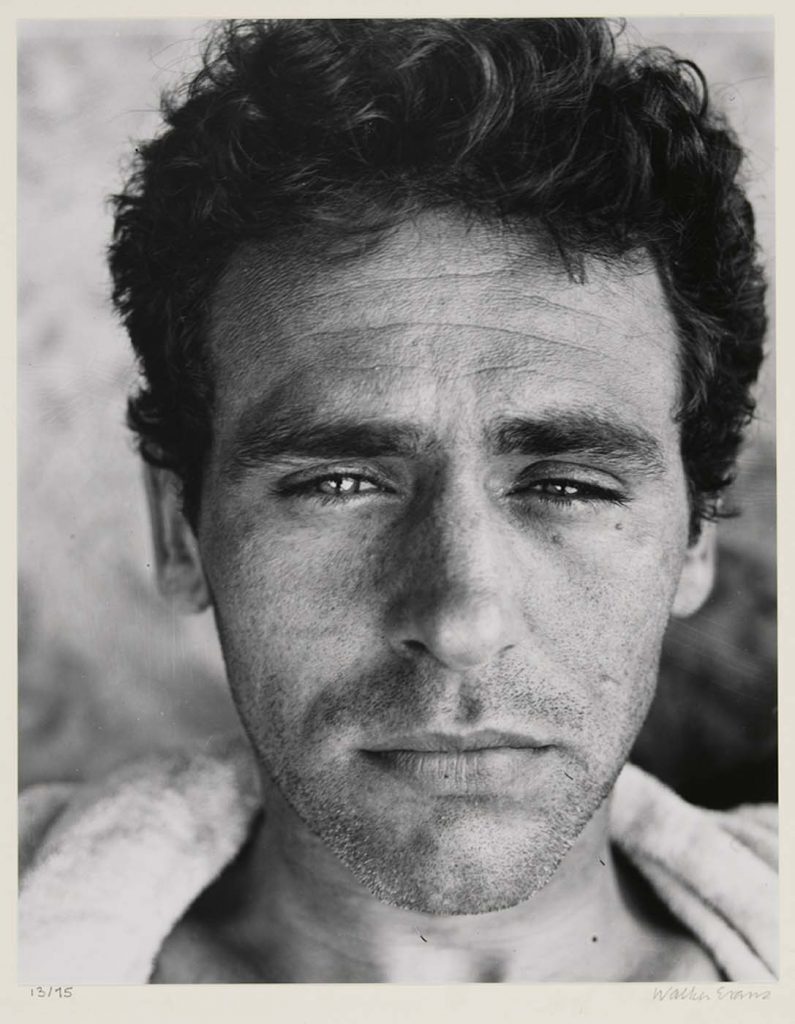Buried in the The Collected Short Prose, sandwiched between Agee’s bleak “Satiric Pieces” and a thirty-plus-page treatment for a film whose plot, so far as I can deduce, consists primarily of tracking shots of “broad brilliant sunlit air,” I found a gem entitled “Plans for Work: October 1937. ” James Agee submitted his “Plans” to the Guggenheim Foundation less than a year after his famous eight week sojourn in Hale County, Alabama, where he and Walker Evans had been sent by Fortune magazine to study the living conditions of poor white tenant farmers. During this period Agee often obsessed over what he called “my Alabama record,” and after Fortune declined to publish Agee’s and Evans’ piece, Agee began adapting his noted and impressions into a book-length essay, a mixture of straight journalism, memoir, staged scenarios and of course Walker Evans’ vivid photographs. Agee saw his “Alabama record” as an essential testament to the resilience of the human spirit and the hypocrisy of America’s emergent “modern” attitudes. In Agee’s “Plans for Work,” the Alabama Record occupies Agee’s top spot. Let Us Now Praise Famous Men, released in 1941, sold fewer than 600 copies. 1941: The year that Agee began in earnest and with great enthusiasm to drink himself to death.
But that was ’41. In 1937, when Agee posted his list to the folks at Guggenheim, he was awe-struck, still a Southern boy in NYC , a writer entering maturity. He was 26, the age that I am now, and despite the Great Depression, in 1937 Agee must have seen the world as almost unbearably vibrant, a great and full spirit house. Even in the depths of the Depression (in fact, it was because of the Depression), the WPA allowed artists like Agee, who used Roosevelt’s New Deal money to underwrite his trip to Alabama, to see themselves as members of a kind of populist-avant-garde, the first generation of American artists to have access not only to the remote corners of our continent (air travel and the highway systems were moving out of their respective infancies) but also to a wide variety of new technologies and media, including moving pictures and magnetic tape sound recording. The spirit of Agee’s “Plans for Work,” the full text of which I will not reproduce here in the hope that you, dear gentle reader, might seek out your own copy of Agee’s Short Prose, sees in his era’s media the seeds of a kaleidoscopic new art, one that would embrace within the body and mind of one artist a great plurality of interests and techniques. In the end, Agee turned out to be something less than a renaissance man, in part because he killed himself with drink before his talents had matured, but his “Plans” is a testament to a brand of wide-eyed optimism that’s vigorously opposed to the attitudes of most of the artists I know, writers in particular, concerning social media and the amazing proliferation of web-based technologies. So, in the spirit of “Plans for Work” it seems only fitting to submit a list (submit to whom, I’m not sure, to any attentive residence of the spirit house, I guess) that embraces a wider system of potentialities. I encourage you to do likewise.
Plans for Work: November 2011
Dear Sirs and Madams: I am working on, or am interested to try, or expect to soon return to, such projects as the following. I shall list them here with minimal description, so that the potentialities of each might blossom in the mind of each reader without impediment according to his or her own inner dictates.
A true account of autumn on all continents.
Emails. A taxonomy.
A story about actors in a virtual play.
Commonplace book.
A number of one-act plays, perhaps 30, to be performed simultaneously in one theater.
Play for puppet theater.
Anti-You Tube manifesto.
Portraiture. Faces rendered in 140 characters.
“More prose like speech.”
A 21st century sex book.
The inanimate.
A scientific record of a non-stop flight from Portland, OR to Milwaukee, WI; “scientific” in the sense that it is skeptical and analytic, I foresee that my method will be in no sense acceptable to scientists.
Anti-method manifesto.
A true account of multi-tasking.
An “autobiographical bike ride.”
A notebook.
Application of the Stanislavski Method to prose composition.
An analysis of all reviews of Didion’s El Salvador.
Prose map / poem map.
Composite portraiture. The absence at the center of “common experience.”
Poetry whose rough parallel is the Preludes of Rachmaninoff.
Film scenarios and screenplays. Various and sundry.
What is a “hip-hop novel”?
Account of human life on the cellular level.
Notes compiled, arranged: organic necessity of error.
Photographic analyses of sleeping positions of couples: dating / married / divorced.
Exegesis of the Atkins Diet.
Sports poems.
Conjectures of how to get “art” on a plane roughly parallel to “sports”; competitive entertainments.
The Sierra Madre mountains.
An account and analysis of the author’s use of “txtspk” in verbal communication.
Record of pure glamour and delight.
A new type of “horror” story: cumulative horror.

